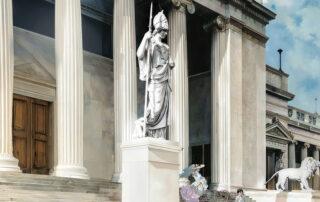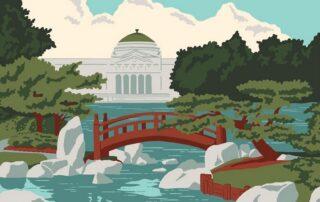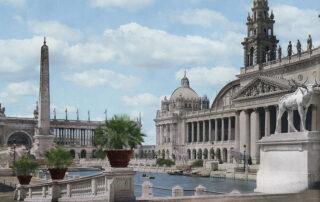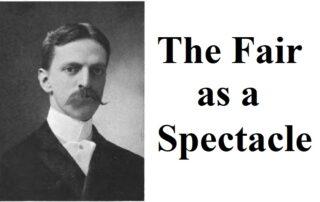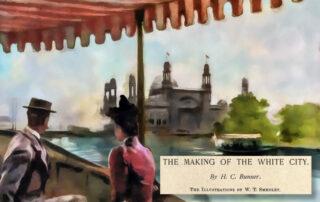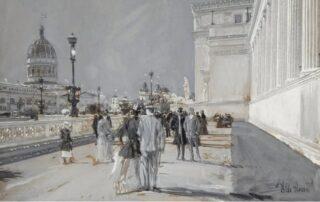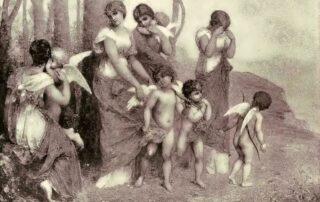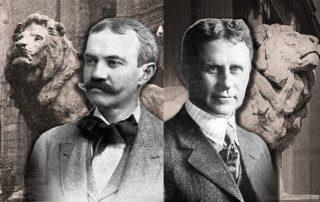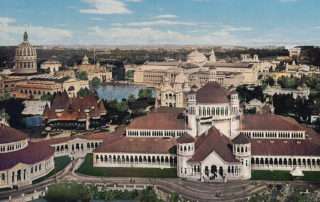The Myth of Marble: A Roman Statue of “Minerva” at the 1893 World’s Fair
Chicago is abuzz about “Myth and Marble,” a fabulous new exhibition at the Art Institute of Chicago running from March 15 to June 29, 2025. On display are fifty-eight magnificent sculptures of gods and goddesses, emperors and funerary monuments. All come from the Torlonia Collection of Rome, one of the world’s finest private collections of Greco-Roman antiquities. The artwork has been out of the public view for most of the past century. Statue of Athena from the Torlonia [...]

